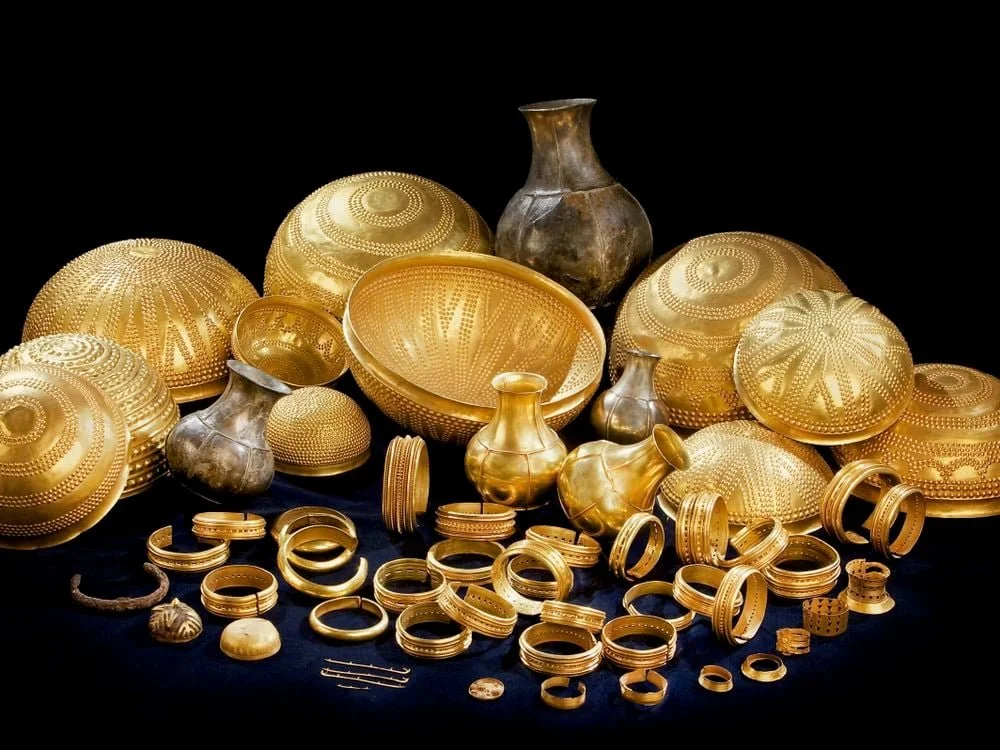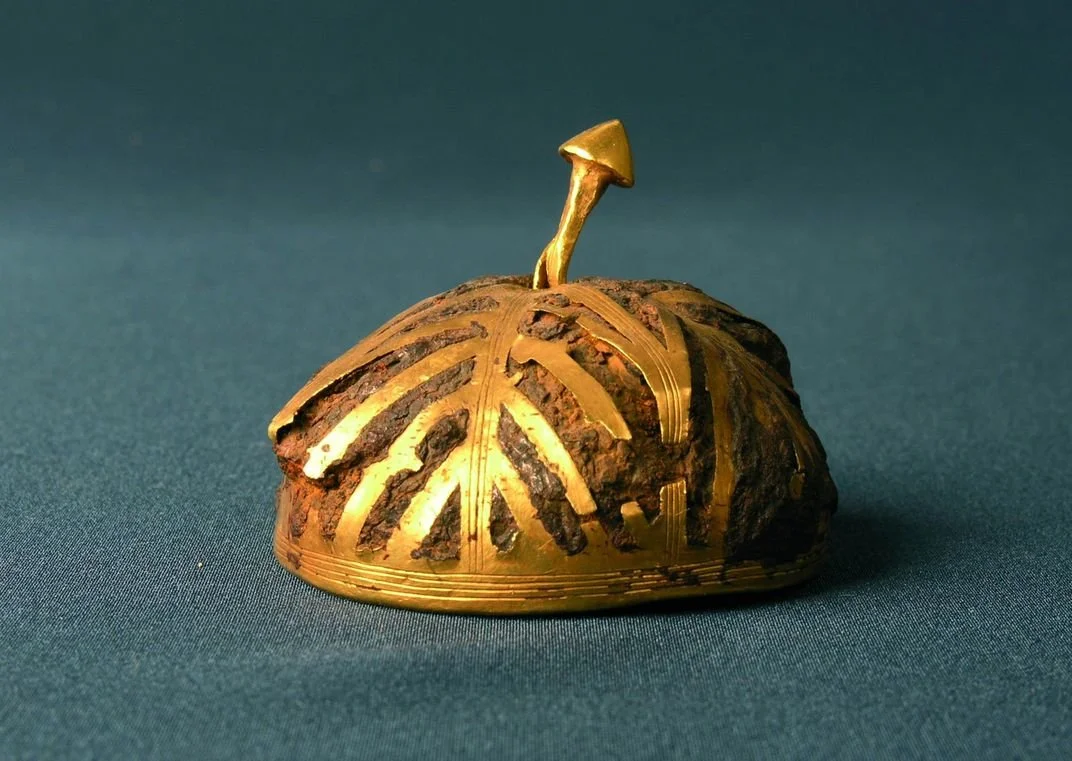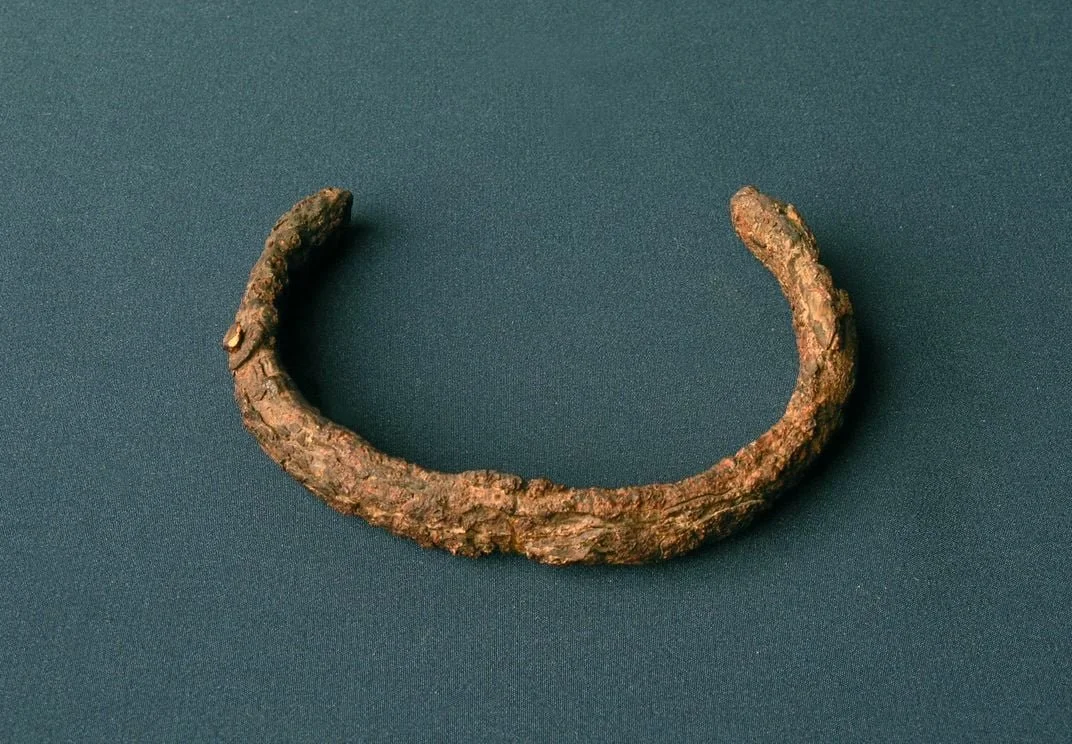The recent revelation that two Bronze Age artifacts from the Treasure of Villena in Spain contain iron from a meteor that struck Earth around a million years ago has captivated archaeologists and scientists alike. Discovered in the 1960s, the treasure trove in Villena has long been admired for its stunning collection of gold and silver items, but the discovery of meteoritic iron artifacts adds a new dimension to its historical significance.
The artifacts under study—a bracelet and a hollow decorative sphere—date back to the period between 1400 and 1200 B.C. Their composition has puzzled researchers for decades, with the presence of a mysterious dark metal noted among the gold items. Now, through the use of mass spectrometry, scientists have determined that the iron in these artifacts closely resembles meteoritic iron, making them the first such artifacts found in the Iberian Peninsula.
The significance of these findings extends beyond mere material composition. The presence of meteoritic iron suggests that the ancient metalworkers who crafted these items were highly skilled and innovative. Iron, a material as valuable as gold or silver during that time, would have required advanced knowledge and techniques to work with, especially given its unique properties compared to more common metals like copper or silver.
One of the iron objects included in the Treasure of Villena El Museo de Villena
The discovery also sheds light on the interconnectedness of ancient cultures. While examples of meteoritic iron artifacts from this period are more commonly associated with eastern Mediterranean cultures, the presence of such items in Spain suggests a broader exchange of knowledge and materials across ancient civilizations.
However, many questions still remain unanswered. The identity of the individuals or community that owned the Villena treasure remains a mystery, as does the exact process by which ancient metalworkers acquired and worked with meteoritic iron. Nonetheless, these discoveries underscore the ongoing importance of archaeological research in uncovering the mysteries of our past and shedding light on the remarkable achievements of ancient civilizations.
An iron bracelet that's part of the Treasure of Villena El Museo de Villena








